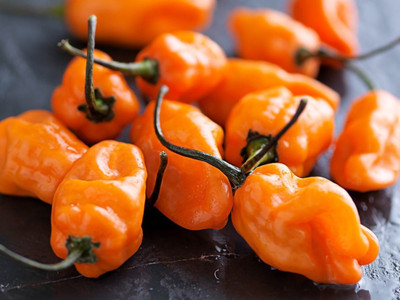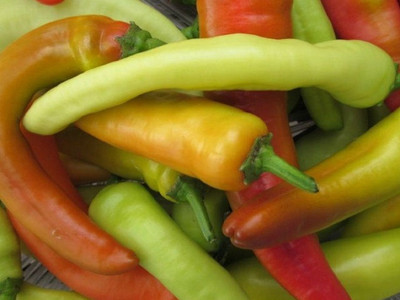How to Grow Chilli Peppers

Unlike other countries in the world, we just don't get the weather to grow chilli peppers successfully outdoors. It is possible but the results and cropping levels aren't as good. From my own personal experience, chillies will grow much better indoors or in a greenhouse, and your harvests will be far better.
All Peppers love the heat and need a fairly long season to grow from seed to fruit. Seeds should be planted as early as possible so that you will be harvesting long before the days start to cool and nights get longer towards the end of summer.

Jupiter Greenhouse 8 ft Wide
View ProductI personally aim to plant around mid-March, but the goal is to have seedlings ready to transplant into larger pots once the spring weather warms and the night time temperatures are consistently above 10 degrees Centigrade.
Chilli Seed Sowing Tips
- To sow the seeds you can either use multi-cell seed trays or large planting trays: either is fine, but the multi cell trays will make for easier and safer transplanting later on.
- You should use a good quality, general-purpose compost; do not use garden soil. Garden soil contains bugs and fungus and will adversely affect the performance of your seedlings.
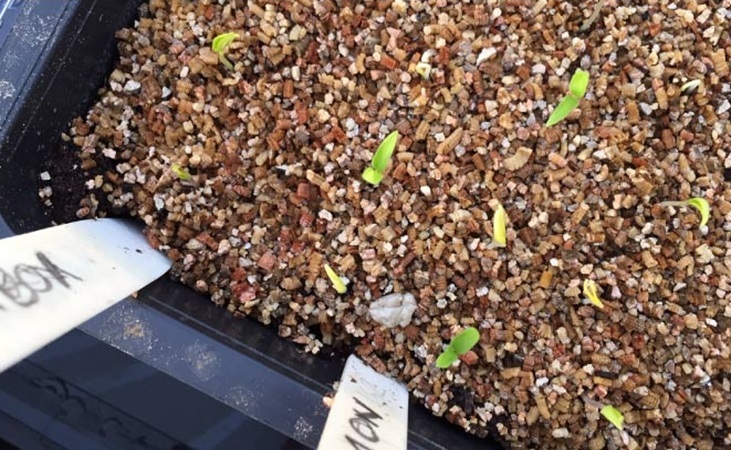
Using multi-celled seed trays:
- Fill the trays with your compost so that it is level with the top of the cells.
- Make sure that you break up any big lumps.
- Gently press down the compost in each cell by a couple of millimetres and lightly water the compost.
- Drop individual chilli seeds in the middle of each cell.
- Cover with compost and firm gently.
- Water the seeds to settle them in with a spray bottle, or a watering can fitted with a very fine rose.
- Write the variety name on the tray, and cover to retain moisture and create a mini-greenhouse effect.

Large Vitopod Heated Propagator Single or Double
View Product- Your chilli seeds need warmth (80-85F) to begin the germination (sprouting) process. Light is not critical at this stage, but bottom heat or a warm location is. If you are using an electric seed propagation mat or tray, just plug it in and put the seed containers on it. If not, an airing cupboard (or hot press!) can work.
- Compost should be kept moist, but not soggy. Over watering will damage your seedlings and could stop the germination process altogether.
- Check your seeds each day for signs of emergence. Be patient: some of the hotter habanero's may take a month or so to germinate, but I have found most will start to sprout within 2 weeks.
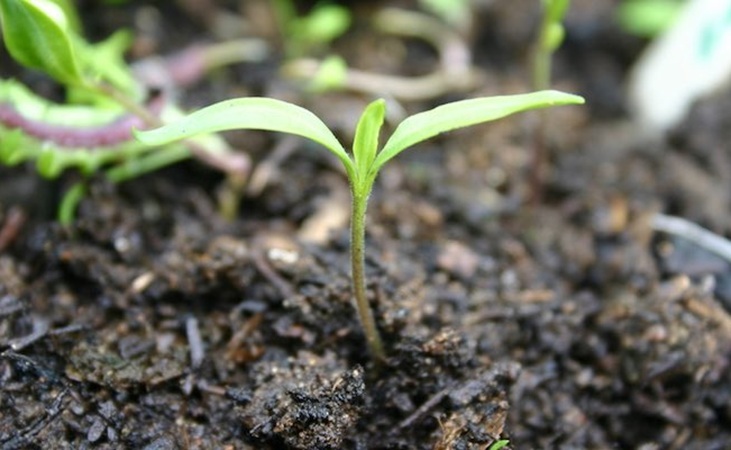
- Just as soon as the seeds have begun to sprout and show above the soil line, the baby seedlings require bright light. Window sills are good, conservatories are also very good, but whereever you put your seedlings ensure that night time temperatures don't plummet: your seedlings will not like the cold. Plants that don't have enough light will grow up weak and pale, with long stems leaning toward the light.
- Seedlings can be grown on at a temperature somewhat lower than those for germination (a range of 65 to 80 degrees).
- When your seedlings are up and growing, and have at least 2 sets of leaves, it's alright to let the top of the soil have a chance to dry out between waterings. Check daily by putting your index finger into the soil to see how moist the soil is (it's hard to tell from just looking, even for experienced gardeners).

Chilli Pepper 'Habanero Orange'
View ProductTransplanting Chilli Seedlings
When your seedlings have several sets of leaves, you need to move or "prick out" the seedlings to deeper individual pots. The first pots should be around 7cm in diameter.
- To transplant, fill the pots with fresh compost and lightly water.
- Then make a well in the new pot large enough to fit the contents of the seed cell in.
- Carefully remove the plant from the cell, trying not to disturb the roots as this may cause "root shock".
- Push up from the bottom of the cell for best results.
- Then place the seedling into its new pot, gently firm the compost around it and water lightly.
- Peppers (unlike other plants) will make new roots along their buried stems - so if your seedlings are spindly, you can transplant them so that their stems are covered by the soil up to the base of the bottom cluster of leaves.
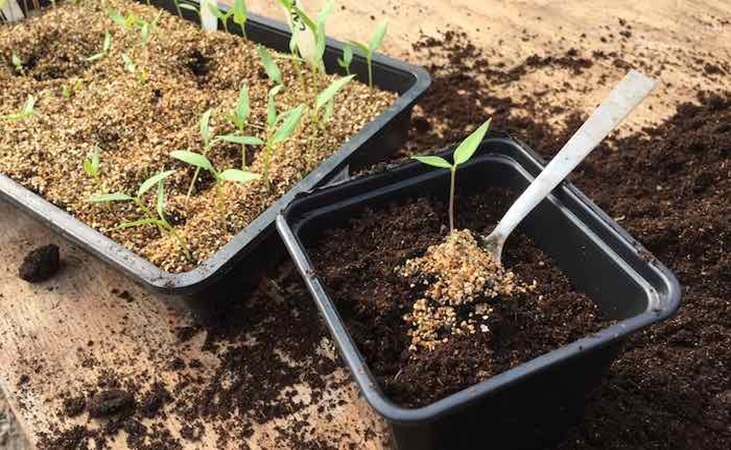
As the plants grow, bigger pots will be required. A standard progression is, 7cm, 15cm and then a final 20cm. Bear in mind that the bigger the pot the plant "lives in", the bigger the plant will get. Make sure to use some gravel or pebbles in the bottom of the final pot (for drainage).
Feeding Chilli Plants
Once your plants start to bear fruit, start feeding them once or twice a week with a good all-purpose liquid fertiliser. Once they are in bigger pots you can fertilise every day with diluted feed.

Organic Tomato Fertiliser - Better Plants
View ProductMy Chilli Pepper Is Producing Flowers But No Fruit?
Most hot peppers and some sweet peppers require insect pollination to form fruit. If the proper insect is absent, or if the local insects are not attracted to your pepper flowers, you may see the plants flower and never set fruit. This is especially true for hot peppers grown indoors or in a greenhouse.
Hand Pollination
Pollen is produced on the stamens, and usually ripens between noon and 3pm every day. Take a moistened watercolour paintbrush, pick up some pollen on your brush and transfer it to the other flower centers. You can get close to 100% fruit set with hand pollination.

Chilli Plant Care Tips
- When you water, water thoroughly and deeply. Part of the watering process is to wash away salt in the soil; frequent shallow waterings will cause salt to build up in the soil as the water evaporates, and the salt build-up can stunt or kill your plants.
- Once germinated, seedlings should have as much light as possible to produce strong stocky plants.
- To keep your plant on the small side, nip out the central stem once it reaches 20cm high. This will force your plant to bush out.

Jalapeno Chilli Pepper Seeds
View Product- When watering chillies use water that has stood for 24 hours for best results. This is because of the chlorine in the water supply.
- Peppers will grow attractively in a pot as small as 6 inches. The size of the soil mass very directly affects the size of the plant and the crop.
- Plant roots need air as much as they need water. Choose a light, well-drained compost.

